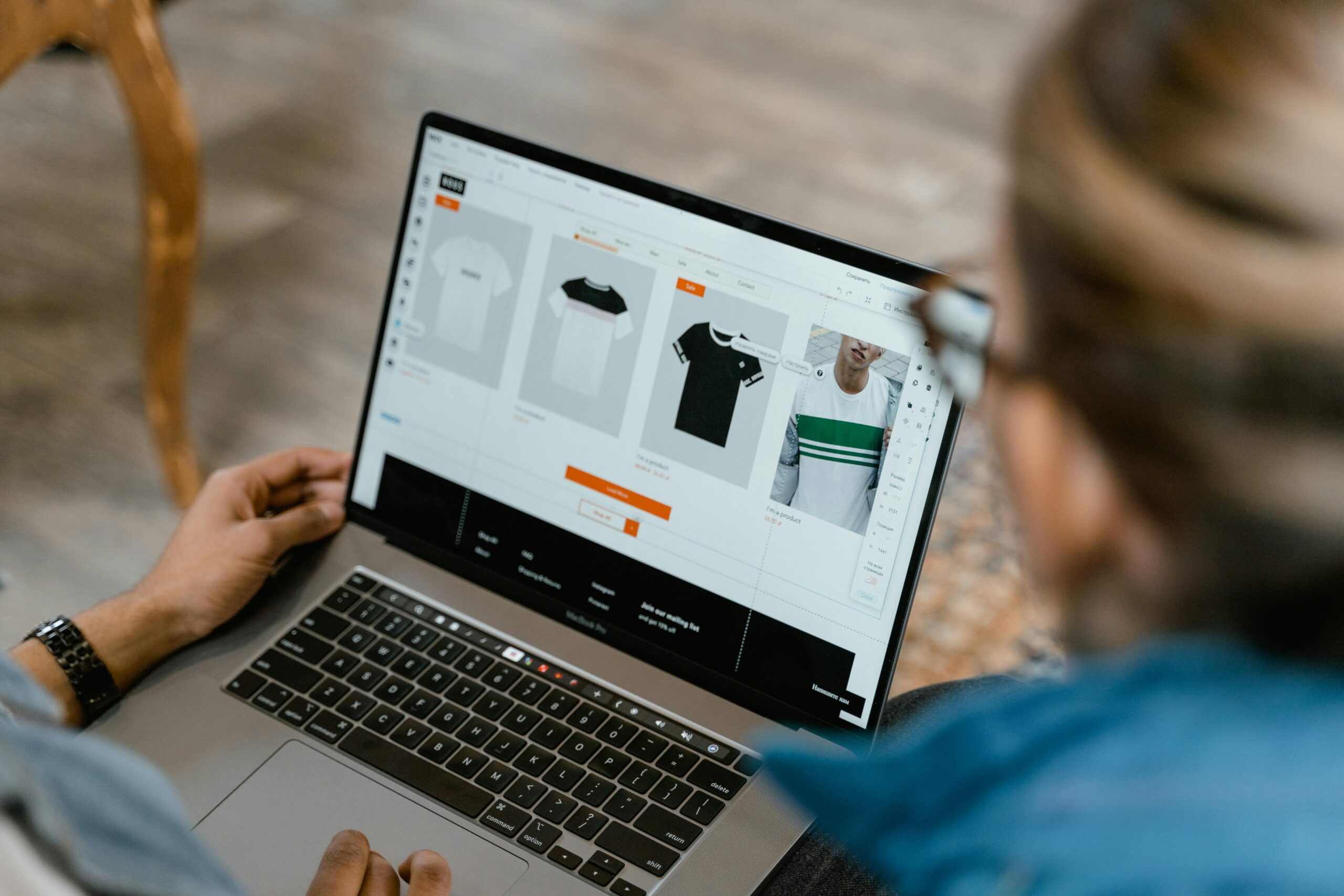Picture this: You’re browsing an online store, looking for the perfect pair of sunglasses. Suddenly, you’re greeted by a virtual try-on feature that lets you see how those shades look on your face. Pretty cool, right? That’s just one example of how interactive content is revolutionizing the e-commerce user experience (UX). As someone who’s spent countless hours shopping online (for research purposes, of course), I can tell you that these interactive elements make a world of difference.
The Power of Interactive Content
Let’s face it, traditional online shopping can sometimes feel a bit… flat. But interactive content breathes life into the digital shopping experience, making it more engaging, informative, and dare I say, fun! By incorporating elements like quizzes, augmented reality (AR) try-ons, and 360-degree product views, e-commerce businesses can create a more immersive and satisfying customer journey.
Quizzes: The Personal Shopper in Your Pocket
Remember those magazine quizzes that would tell you which celebrity you’re most like? Well, e-commerce quizzes are like that, but actually useful. They act as virtual personal shoppers, guiding customers to products that best suit their needs and preferences. Pro tip: Create quizzes that help customers narrow down their choices. For example, a skincare brand could offer a “Find Your Perfect Routine” quiz that recommends products based on skin type and concerns.
AR Try-Ons: Try Before You Buy (Virtually)
AR try-ons are like magic mirrors for the digital age. They allow customers to see how products look on them or in their space before making a purchase. This technology is particularly game-changing for industries like fashion, cosmetics, and home decor. I once used an AR feature to see how a couch would look in my living room. Spoiler alert: it was way too big, but at least I found out before cramming a giant sofa through my front door!
360-Degree Product Views: Spin It to Win It
Static product images are so last season. With 360-degree product views, customers can examine items from every angle, just like they would in a physical store. This feature is especially useful for products where details matter, like electronics or jewelry.
Tips for Implementing Interactive Content
Now that we’ve covered the “what” and “why” of interactive content, let’s dive into the “how”:
- Keep it simple: While interactive elements are exciting, don’t overwhelm your customers. Start with one or two features and gradually expand.
- Ensure mobile compatibility: With more people shopping on their phones than ever before, your interactive content needs to work flawlessly on mobile devices.
- Prioritize speed: Interactive features are cool, but not if they take forever to load. Optimize your content for quick loading times to prevent frustrated customers from bouncing.
- Gather feedback: Ask your customers what they think about your interactive features. Their input can help you refine and improve the experience.
- Use data wisely: Interactive content can provide valuable insights into customer preferences. Use this data to personalize the shopping experience further.
The Impact on User Experience and Sales
Implementing interactive content isn’t just about being trendy; it can significantly impact your bottom line. A well-designed UX can increase conversion rates by up to 400%. That’s not just a statistic; that’s a game-changer for your business. Interactive elements enhance the overall shopping experience by:
- Reducing uncertainty about products
- Increasing engagement and time spent on site
- Providing a more personalized experience
- Decreasing return rates (because customers know what they’re getting)
Conclusion: The Future is Interactive
As e-commerce continues to evolve, interactive content will play an increasingly important role in creating standout user experiences. By incorporating elements like quizzes, AR try-ons, and 360-degree product views, you’re not just selling products; you’re creating memorable shopping experiences that keep customers coming back for more. Remember, the goal is to make online shopping as engaging and informative as possible.
So go ahead, add that virtual try-on feature or create that product recommendation quiz. Your customers (and your sales figures) will thank you. And who knows? Maybe one day we’ll have holographic product demonstrations beamed directly into our living rooms. Until then, these interactive elements are the next best thing to trying products in person – minus the awkward small talk with overeager sales associates. Happy optimizing!

